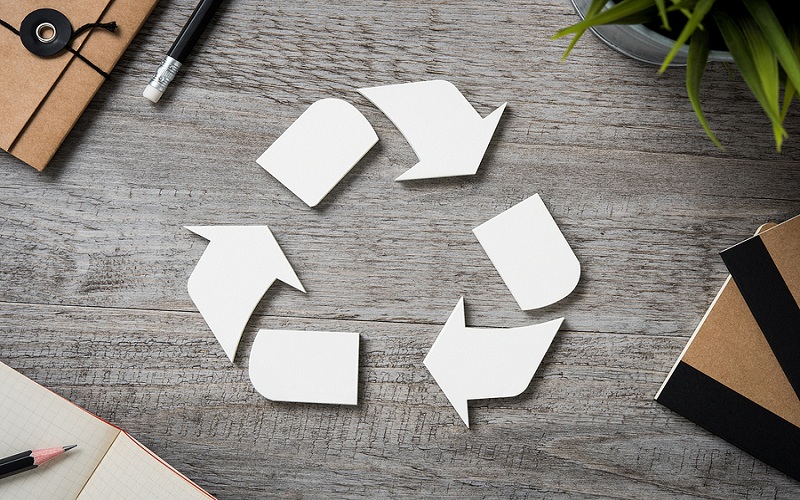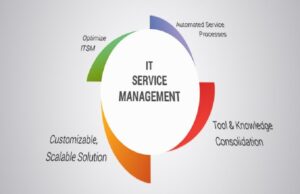Automotive catalytic converters, electronics, fuel cells, and other industrial applications are just a few of the many uses for platinum, a precious and adaptable metal. Platinum recycling has grown in importance within the metals sector due to the rising demand for platinum and the necessity for sustainable resource management. Platinum recycling does, however, come with benefits and drawbacks like any other procedure. In this article, we will be going through the benefits and drawbacks of recycling platinum.
Advantages of Recycling Platinum
Conservation of Natural Resources
By lowering the need for fresh mining and extraction, recycling platinum contributes to the conservation of natural resources. A rare metal called platinum is mostly extracted as a byproduct of mining nickel and copper. Through the recycling of platinum from end-of-life goods and industrial waste streams, we can reduce our impact on the environment and increase the longevity of current reserves.
Environmental Advantages
Recycling platinum reduces energy use, greenhouse gas emissions, and pollutants from mining and refining processes, all of which have a positive impact on the environment. In comparison to primary manufacturing, the recycling process uses less energy and produces fewer emissions, making it a more environmentally friendly way to supply the industry’s demand for platinum.
Economic Value
Because recycled platinum maintains its economic worth, recyclers, manufacturers, and investors consider it a valuable commodity. The purity, grade, and market price of recycled platinum determines its market value. Infrastructure and technology investments in platinum recycling can spur economic expansion, employment creation, and technical advancement in the recycling sector.
Technological Innovation
The metal industry’s technological innovation in platinum recycling leads to the creation of more sustainable and effective recycling methods. Technological innovations in recycling, such as ion exchange and hydrometallurgical techniques, enhance the efficacy and efficiency of recovering platinum from waste materials.
Drawbacks to Platinum Recycling
Recycling Cost
One of the primary obstacles to recycling platinum is the expense of gathering, sorting, processing, and purifying it. Equipment, manpower, and experience investments are necessary for platinum recycling to guarantee the metal’s effective recovery from waste sources. Due to the high cost of recycling, some firms may be discouraged from investing in platinum recycling processes.
The Volatility of the Market
The volatility of the platinum price might affect recycling enterprises’ profitability. Changes in supply and demand dynamics, platinum price fluctuations, and general economic conditions can impact the worth of recycled platinum and the feasibility of recycling initiatives. To be profitable, recyclers need to manage market volatility.
Challenges with Technology
Technical difficulties in platinum recycling arise from the intricacy of the raw materials and the requirement for sophisticated processing methods. In order to recover the platinum content with high purity and quality, scrap materials containing platinum may also contain other metals and contaminants, necessitating the use of complex sorting and refining techniques.
Conclusion
Platinum recycling has several advantages, including technical innovation, economic value, environmental preservation, and natural resource conservation. But there are drawbacks as well, such as recycling costs, volatile markets, and technological difficulties. Notwithstanding these difficulties, recycling platinum has more benefits than drawbacks overall, making it a crucial part of sustainable resource management and a wise investment for the future. Investing in technology and infrastructure for platinum recycling will be essential to satisfying industrial demands and promoting environmental sustainability as the demand for platinum rises.




